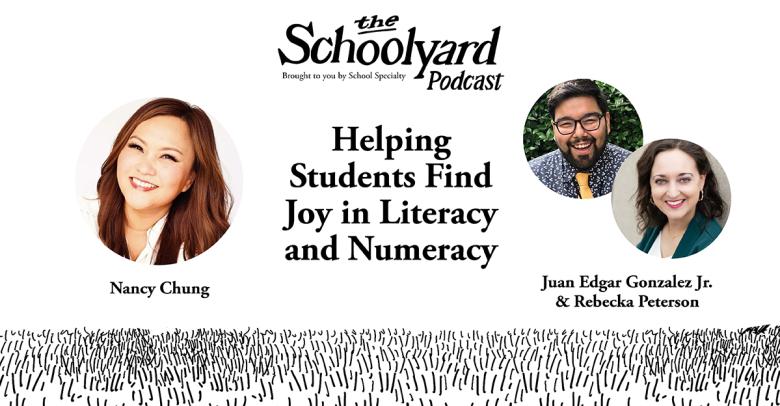English Language Learners (ELL) are the fastest-growing student population group—according to an NEA Policy Brief, by 2025 nearly 25 percent of students in public schools will be English Language Learners. With such a dramatic increase, it is imperative that the educational community understands and adequately addresses the struggles of ELL students, and ensure that ELL teachers receive the best training possible.
Challenges Facing ELL Students
ELL students struggle academically for a variety of reasons. Think about it—the challenges of learning a new language, the many exceptions in the English language, and differences in regional dialects—they’re all overwhelming factors that can frustrate your ELL students.
This frustration can lead to a lack of motivation, or even to an over-dependence on teachers or peers to assist them. Your ELL students who lack the vocabulary that their peers have struggle with concepts like homonyms and synonyms, and can suffer from poor communication in the classroom. As a result, they may continue to speak more often in their native language, or be fearful of participating and speaking out in a classroom setting—all of which negatively affect their overall learning in the classroom.
Challenges Facing ELL Teachers
One of the biggest challenges facing ELL teachers is ensuring that each student makes adequate yearly progress (AYP) in reading, math, and English, as required by the law. Being able to accurately assess each student can be difficult, as accommodations that are allowed during testing can sometimes be of limited value.
Another challenge that many teachers struggle with is that there is such a wide range of academic levels among ELL students, and preparing lessons and integrating activities that are academically appropriate for a wide range of students can be challenging.
Assisting and Assessing ELL Learners
So how can you more effectively teach your ELL students? There are several activities that teachers can implement into their teaching:
Read to Students Daily
Both hearing and seeing the written word on a daily basis will help students develop a better understanding of the English language. Choose texts that are diverse and represent multiple cultures, which will create opportunities for students to make connections to the text.
Choose Appropriate Material
Students who are learning English need access to vocabulary, so you should choose books that contain illustrations, action-based story plots, and predictable, repetitive phrases. It’s important to use material that is both interesting and level appropriate so students stay engaged without feeling overwhelmed.
Encourage and Support Comprehension
Reading slowly, reading the same story more than once, and using visuals to support story points are all ways to support comprehension. Comprehension should be tested on a regular basis to track progress as accurately as possible.
Promote Cooperative Learning
Guided collaboration among children enables ELL students to assist and learn from one another. Literature circles are a great way to get students learning together by reading and discussing books in a group setting.
Assessment practices
Use multiple assessment practices to allow students to show you what they know. Using a variety of assessments will allow you to determine if the student lacks contact knowledge, literacy skills, cultural background, or language acquisition.
Professional Development for ELL Teachers
Because the needs of ELL students are so diverse and continually changing, ongoing teacher training is necessary to meet the changing needs of each student. Teachers need access to research-based strategies that will enable them to implement the best programs and teaching methods in their classrooms. Providing ELL students, as well as their teachers, with high-quality programs and services is a crucial investment in America’s future.






[…] https://blog.schoolspecialty.com/understanding-struggles-ell-students-teachers/ […]